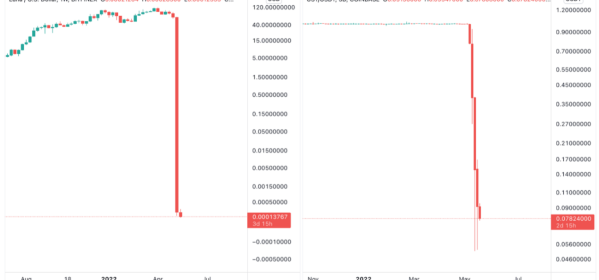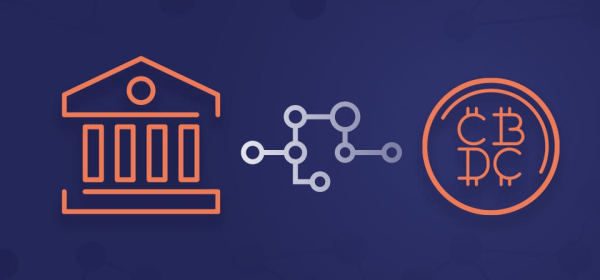I came across a short and stimulating article by the IMF staff on current state of digital and paper money which identifies essential, conceptual features of all payment types and based on that categorizes them into 5 types. From the paper, I took away three main insights -first there is a compelling argument that traditional forms of payment transactions by banks (referred to as B-Money) will face intense competition from electronic money (or E-Money) in coming years; this will obviously hurt the profitability of the banks given that all retail banks are rely primarily on deposits for funding and will create further disruption in the banking sector. Second, the article conjectures that eventually banks could be forced to offer electronic money or similar products and we can see that happening already with JP Morgan dipping toes into digital money waters by offering JPM Coin by end of 2019. Lastly, role of the central banks will be pivotal as they could jump into the fray and offer central bank digital currency (being explored by Sweden, Uruguay, China, Thailand, Japan and South Korea) and also shape the environment and the pace of innovation for digital money.





